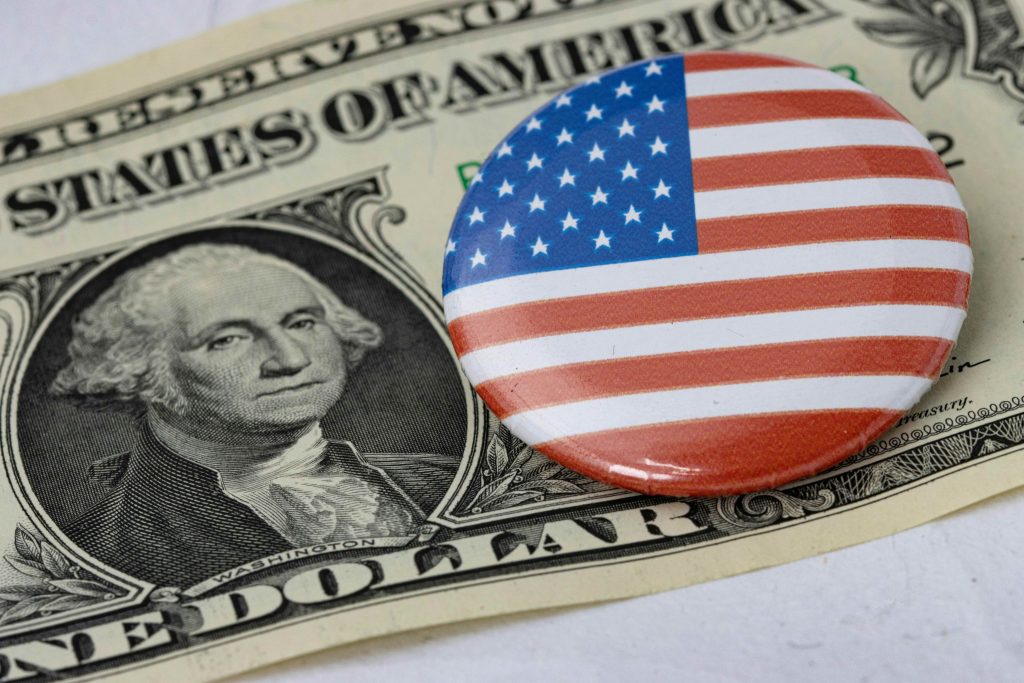Relief or Overreach: Curtailing Student Loan Forgiveness

By Courtney Moore*
In late August 2022, President Biden actualized one of his campaign goals by announcing that he would cancel up to $20,000 in student loans for Pell Grant recipients who make less than $125,000 a year and $10,000 in student loans for other individuals who make less than $125,000 a year.[1]
Under this plan, the Secretary of the Department of Education would forgive subsidized loans, unsubsidized loans, parent PLUS loans, and graduate PLUS loans.[2] Private loans would not qualify for forgiveness.[3] The impetus behind such student loan forgiveness involves the expanding amount of federal student loan debt.
As of 2022, federal student loan debt rests at $1.76 trillion owed by more than forty-five million individuals.[4] The Department of Education predicts that ninety percent of relief dollars will go to those borrowers who gross less than $75,000 a year.[5] Additionally, the initiative seeks to minimize the racial wealth gap by focusing relief towards borrowers with great economic need.[6]
Six states believe Biden’s forgiveness plan oversteps the powers provided to the President and the executive branch to act without Congress’s authorization.[7] These states have all launched a lawsuit against the Biden Administration to halt the student loan forgiveness plan.[8] The plaintiffs argue that the Department of Education must enforce the borrowers’ balances due to loan providers and that the President does not possess adequate authority to nullify the debts.[9]
The Missouri-based loan company MOHELA manages the debt of over seven million federal loan debtors.[10] Missouri’s Attorney General, Eric Schmitt, is one the premiere plaintiffs in the lawsuits against the Biden Administration.[11] Schmitt argues that the loan forgiveness plan will cause irrevocable harm to companies such as MOHELA, which will lose revenue due to decreased accounts.[12] Schmitt alleges that MOHELA, along with the public universities within the state, will be disadvantaged due to the company’s inability to provide additional loans to students and maintain its required payments to Missouri’s education fund.[13]
Despite MOHELA being associated with the state-led lawsuit, the loan company is not an actual party in the lawsuit. Other state attorney generals are arguing that loan companies similar to MOHELA will experience the same stark financial hardships in their attempts to comply with the loan forgiveness plan.[14]
In November 2022, a federal appellate court granted an injunction, halting Biden’s student loan forgiveness in its tracks nationwide on the grounds that the forgiveness plan exceeded the separation of powers and the Education Secretary’s authority.[15] The injunction will be maintained until the Supreme Court hears the case within the upcoming year.
There remains uncertainty on whether the Supreme Court will rule in favor of the student loan borrowers or the national loan providers. The Supreme Court’s ruling will either actively scrutinize executive branch authority or provide an avenue for current and future executive branch authorization to address student loan debt. Millions of dollars are on the line, and the Supreme Court’s determination will support either student loan debt being forgiven or loan providers being protected from executive branch mandates.
* J.D. Candidate, Class of 2024, Sandra Day O’Connor College of Law at Arizona State University.
[1] WHITE HOUSE, https://www.whitehouse.gov (last visited Jan. 22, 2023).
[2] FEDERAL STUDENT AID, https://studentaid.gov (last visited Jan. 23, 2023).
[3] Id.
[4] Board of Governors for the Federal Reserve, https://www.federalreserve.gov (last visited Jan. 23, 2023).
[5] Press Release, U.S. Dep’t of Educ., U.S. Department of Education Estimate: Biden-Harris Student Debt Relief to Cost an Average of $30 Billion Annually Over Next Decade, (Sept. 19, 2022), https://www.ed.gov/news/press-releases/us-department-education-estimate-biden-harris- student-debt-relief-cost-average-30-billion-annually-over-next-decade.
[6] J Geiman & Alpha S. Taylor, Disproportionately Impacted: Closing the Racial Wealth Gap Through Student Loan Cancellation, Payment Reforms, and Investment in College Affordability, CENTER FOR LAW & SOCIAL POLICY (June 8, 2022), https://www.clasp.org/publications/report/brief/disproportionately-impacted-closing-the-racial-wealth-gap-through-student-loan-cancellation- payment-reforms-and-investment-in-college-affordability/.
[7] Nebraska v. Biden, 52 F.4th 1044 (8th Cir. 2022).
[8] Id.
[9] Id.
[10] Id.
[11] Michael Stratford, The Student Loan Company Being Used to Attack Biden’s Debt Relief Plan, POLITICO, (Dec. 12, 2022), https://www.politico.com/news/2022/12/17/student-loan-bidens- debt-relief-plan-00074197.
[12] Id.
[13] Id.
[14] Nebraska v. Biden, supra note 7.
[15] Id.


